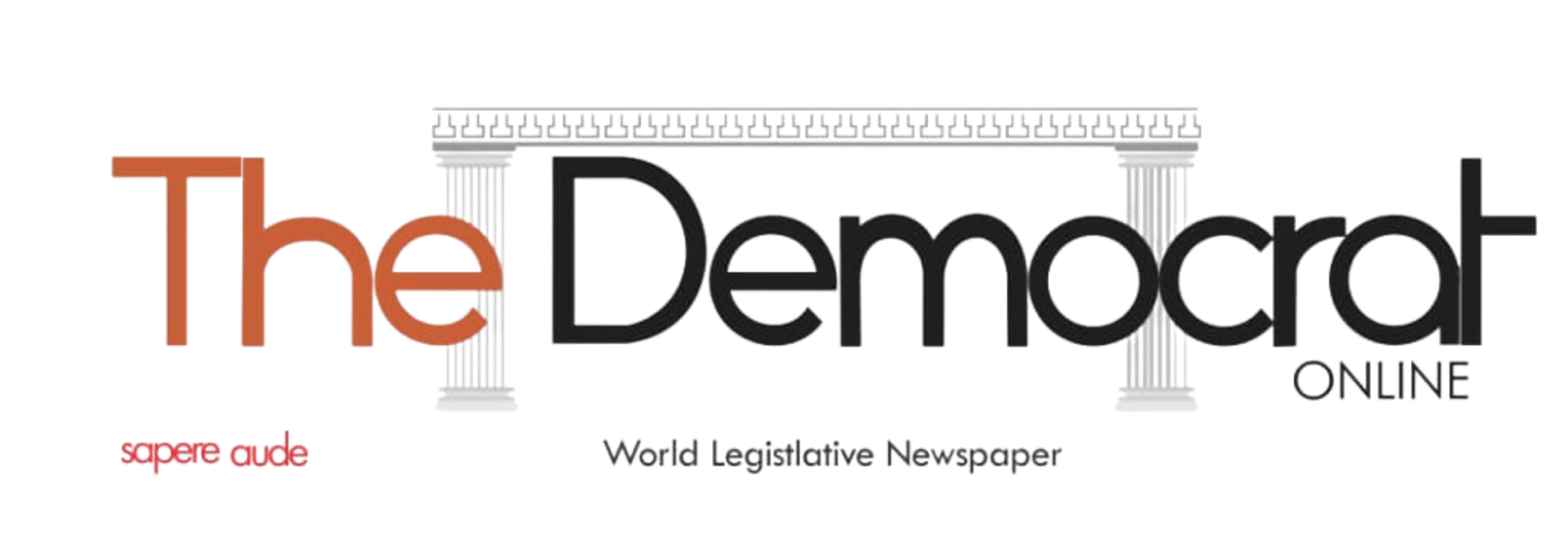Oil rose for a second session as positive economic signals from the U.S. and China boosted demand outlooks, while U.S. attacks on Yemen’s Iran-backed Houthis fueled Middle East tensions. WTI gained 0.6%, driven by stable U.S. retail sales and China’s plans to support markets and wages.
President Trump warned Houthi maritime attacks would be treated as Iranian aggression, with Defense Secretary Hegseth vowing continued U.S. strikes.Geopolitical tensions may drive traders to the sidelines, with U.S. crude facing resistance at $68.56, said BOK Financial’s Dennis Kissler. A fund placed a bet on Brent hitting $100 if Middle East tensions escalate.
Despite this, crude remains over $10 below its January high, pressured by Trump’s trade war, OPEC+ supply hikes, and hopes for an end to the Ukraine war, which could return Russian oil to the market. Trump may discuss a peace deal with Putin this week.Futures remain in bullish backwardation, signaling balanced supply and demand.
However, Trump’s trade actions have prompted Goldman Sachs to lower Brent crude forecasts, citing weaker demand growth due to tariff risks. Still, prices may see a short-term rebound as the U.S. economy stays strong and Russian sanctions persist.



